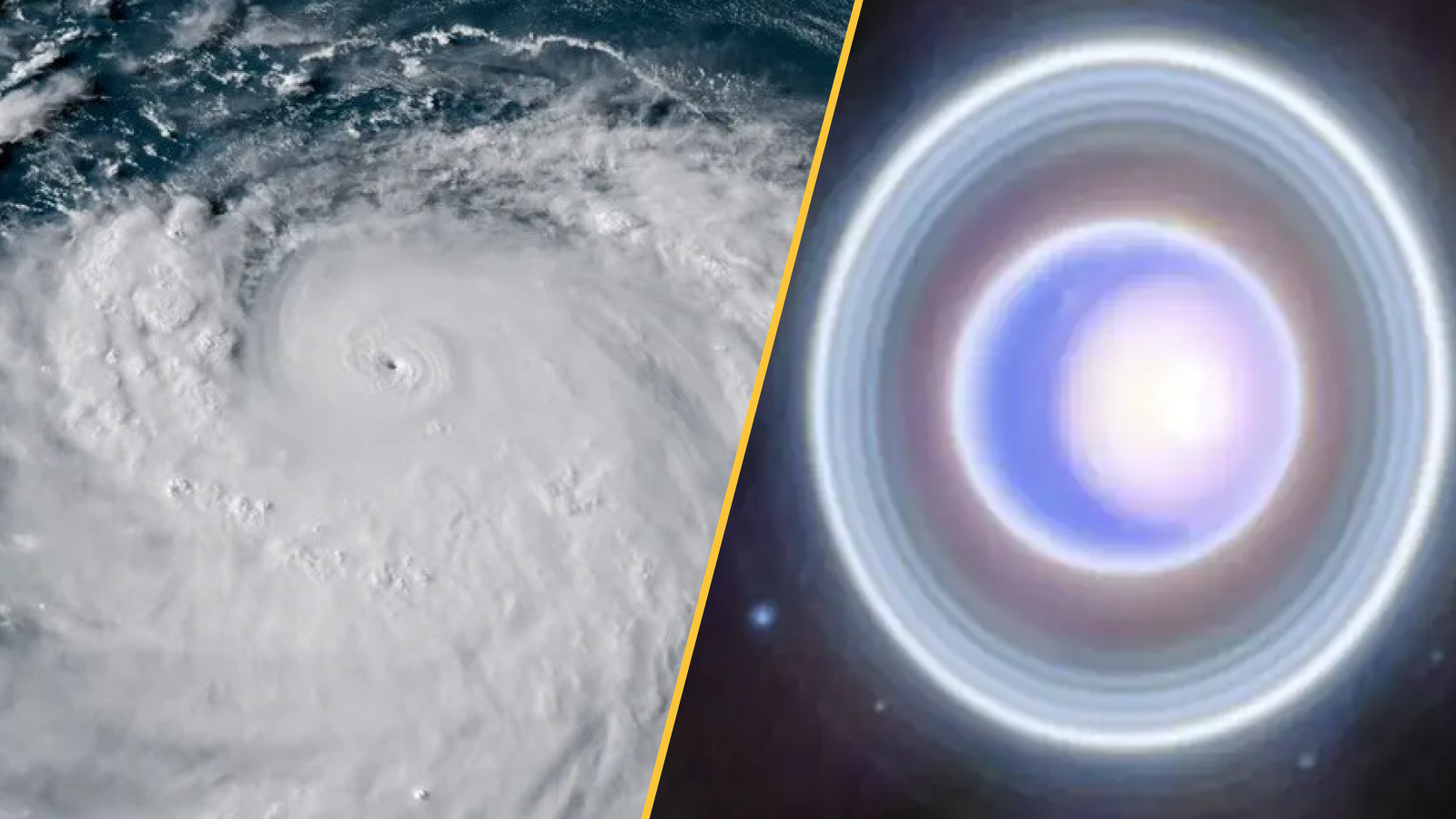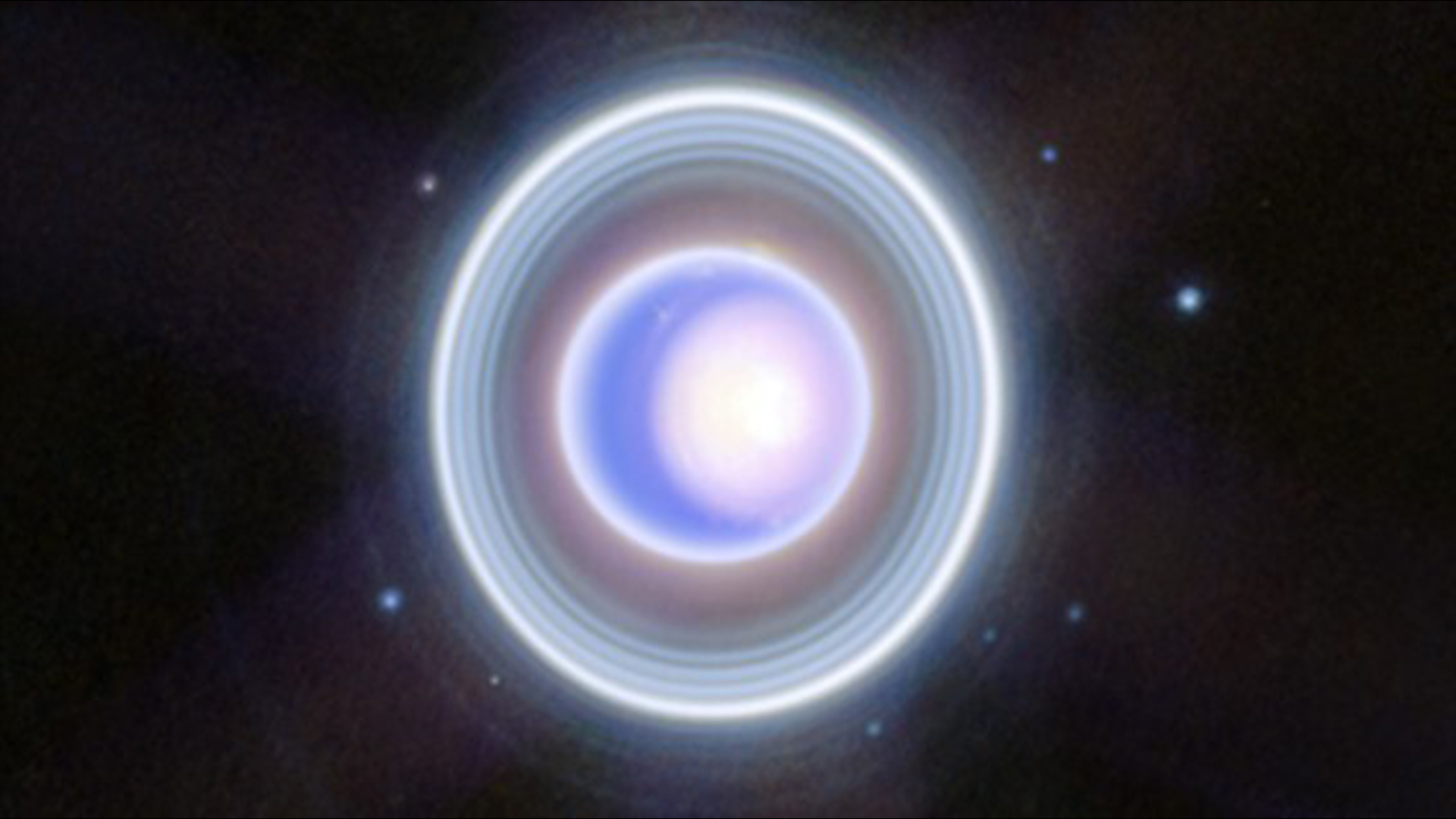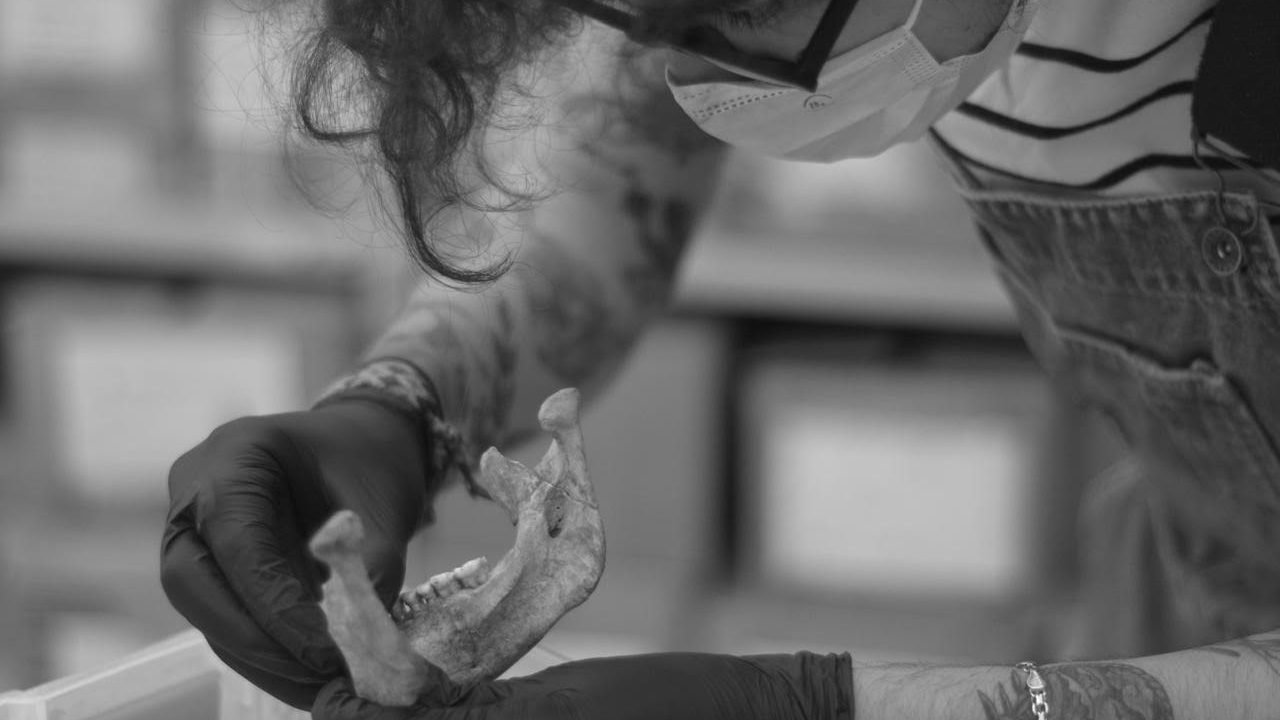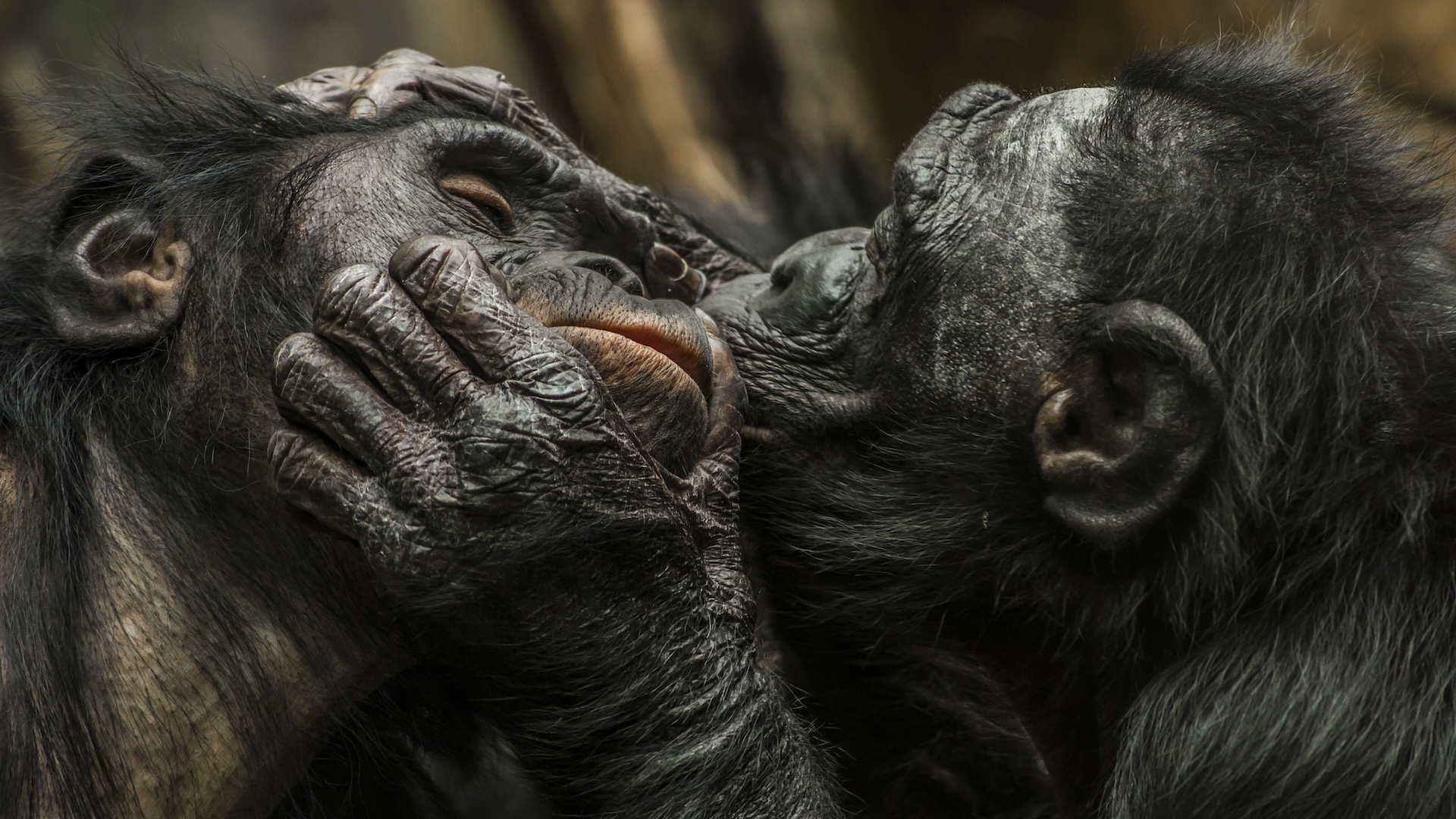Science news this week: Storms rage on Earth and the sun, and a new moon is spotted around Uranus
Aug. 23, 2025: Our weekly roundup of the latest science in the news, as well as a few fascinating articles to keep you entertained over the weekend.

Hurricane Erin flooded our coverage this week, as the first Atlantic hurricane of the season also became one of the most rapidly intensifying in history.
More and more hurricanes are strengthening faster as climate change causes atmospheric and sea temperatures to soar. Erin was captured in stunning footage by the National Oceanographic and Atmospheric Administration's (NOAA) GOES-19 satellite that also saw lightning crackle around its eye.
It wasn't just Earth’s weather that made headlines this week. Sun watchers snapped a giant solar tornado raging above our star's surface at the same time as a plasma eruption burst from it. Solar storms can have a disastrous impact on terrestrial technology if they strike Earth, which is why NASA teamed up with IBM to create an artificial intelligence (AI) system that can predict violent solar flares more accurately than previous methods.
Uranus has a new moon
Uranus has a new, hidden moon, James Webb Space Telescope reveals

We've written countless stories about the James Webb Space Telescope's (JWST) discoveries in the farthest reaches of our universe, but the telescope can also tell us more about our own solar system.
This week, astronomers announced they had used the telescope to discover a new moon orbiting Uranus, bringing the icy planet's total count to 29. The moon went undetected for years, even during a close flyby by the Voyager 2 spacecraft in 1986, due to its location within the planet's dark inner rings. Yet its hiding spot was no match for the JWST's Near-Infrared Camera.
The moon has received the temporary title of S/2025 U1, but expect a new name soon — almost certainly after an Alexander Pope or William Shakespeare character like the planet's other moons.
Discover more space news
Get the world’s most fascinating discoveries delivered straight to your inbox.
Life's little mysteries
What was the first human species?

All humans around today are Homo sapiens — modern humans who emerged at least 300,000 years ago. However, many Homo species came before, shaping who we are today. But what species was the first? The answer, perhaps unsurprisingly, is complicated.
— If you enjoyed this, sign up for our Life's Little Mysteries newsletter
First Americans had Denisovan DNA
The first Americans had Denisovan DNA. And it may have helped them survive.

The first people to populate the Americas had DNA from Neanderthals and Denisovans, a new study has revealed. The genes likely came from Denisovans who mated with Neanderthals, who then passed them onto modern humans when they mated with them in turn.
This sliver of genetic material isn't just an intriguing relic, it could have been key to humans' expansion across the continent by offering them a mutational arsenal to fight off the new pathogens they encountered.
Discover more archaeology news
— Pazuzu figurine: An ancient statue of the Mesopotamian 'demon' god who inspired 'The Exorcist'
— 6,300 years ago, dozens of people were murdered in grisly victory celebrations in France
This week's long read
'We know what to do; we just have to implement it.': Pregnancy is deadlier in the US than in other wealthy countries. But we could fix that.

Giving birth is a comparatively risky process in the U.S., with a higher percentage of women dying across pregnancy, birth and the postpartum period than in other comparable countries. The problem is driven by health disparities and access to healthcare, and it is likely to get worse as a result of recent political decisions.
But not all hope is lost. Many of these deaths could be prevented by fairly simple medical interventions, experts say. Our science spotlight this week investigates the problem and outlines what can be done to fix it.
Also in science news this week
— Keratin extracted from sheep's wool repairs teeth in breakthrough
— New brain implant can decode a person's 'inner monologue'
Would you use a "pregnancy robot" to give birth for you?
A viral story of a "pregnancy robot" has spread through the tabloids this week. It was supposedly based on the statements of a Chinese tech company that claimed it's on the cusp of developing a robot that could bring a human embryo from conception to term.
The claim itself is untrue, but if a pregnancy robot existed, would you use one? Tell us in this week's poll.
Something for the weekend
If you're looking for something to do over the weekend, here are some of the best polls, book interviews and crosswords published this week.
— Can cannabis raise the risk of cancer? [Query]
— Live Science crossword puzzle #6: Planet with a 'Great Red Spot' — 6 down [Crossword]
— A rare 'black moon' rises this weekend: What is it, and what can you see? [Skywatching]
Science in pictures
Rocket-like jellyfish, regal Komodo dragon and harrowing whale rescue — see the stunning Ocean Photographer of the Year 2025 finalists

The finalists for the Ocean Photographer of the Year 2025 competition were announced this week, featuring synchronized swimming whales, schools of fish swirling around coral outcrops, jellyfish that look like UFOs, and a Komodo dragon that's a little too close for comfort.
Follow Live Science on social media
Want more science news? Follow our Live Science WhatsApp Channel for the latest discoveries as they happen. It's the best way to get our expert reporting on the go, but if you don't use WhatsApp, we're also on Facebook, X (formerly Twitter), Flipboard, Instagram, TikTok, Bluesky and LinkedIn.

Ben Turner is a U.K. based writer and editor at Live Science. He covers physics and astronomy, tech and climate change. He graduated from University College London with a degree in particle physics before training as a journalist. When he's not writing, Ben enjoys reading literature, playing the guitar and embarrassing himself with chess.
You must confirm your public display name before commenting
Please logout and then login again, you will then be prompted to enter your display name.
